abs light and speedometer jumps
Inspection is the first inspection method to be taken when the ABS system fails to work normally due to obvious fault:
(1) Check whether the parking brake (handbrake) is fully released.
(2) Check whether the brake fluid level is within the specified range.
(3) Check whether the ABS electronic control unit wire plug and socket are well connected, and whether the connector and wire are damaged.
(4) Check the following wire connectors (plugs and sockets) and wires for good connection or contact:
① Solenoid valve connector on hydraulic regulator;
② Main control valve connector on hydraulic regulator;
③ Connect the connector of pressure warning switch and pressure control switch;
④ Brake fluid level indicator switch connector;
⑤ Connector of four-wheel speed sensor;
⑥ Electric pump connector.
(5) Check whether all relays and fuses are in good condition and whether they are firmly connected.
(6) Check whether the battery capacity (measuring the specific gravity of electrolyte) and voltage are within the specified range; Check whether the positive and negative wires of the battery are firmly connected and whether the connections are clean.
(7) Check whether the grounding (grounding) terminal of the ABS electronic control unit and hydraulic control device is in good contact.
(8) Check whether the depth of the tyre tread groove meets the requirements.
If the fault location cannot be determined by the above method, you can turn to using fault self-diagnosis.
ABS system fault symptom simulation test method:
In the ABS system fault detection and diagnosis, if the simple component is bad, the circuit detection method can be used for diagnosis. If it is an intermittent fault or related mechanical problem, simulation test and dynamic test are required.
Simulation test method:
(1) Jack up the car so that all four wheels are suspended.
(2) Start the engine.
(3) Move the shift control handle to the forward (D) position and observe whether the ABS fault indicator on the instrument panel is on. If the ABS fault indicator is on, it means that the speed sensor of the rear wheel differential is poor.
(4) If the ABS fault indicator does not light up, turn the left front wheel. At this time, if the ABS fault indicator is on, it means that the front left wheel speed sensor is normal; On the contrary, if the ABS fault indicator does not light up, it means that the front left wheel speed sensor is poor.
(5) The test method of the right front wheel speed sensor is the same as that of the left front wheel speed sensor.
The simulation test is set according to the speed signal difference of the logic circuit in the ABS ECU and the characteristics of the warning circuit to facilitate the detection of the fault of the speed sensor.
 English
English 
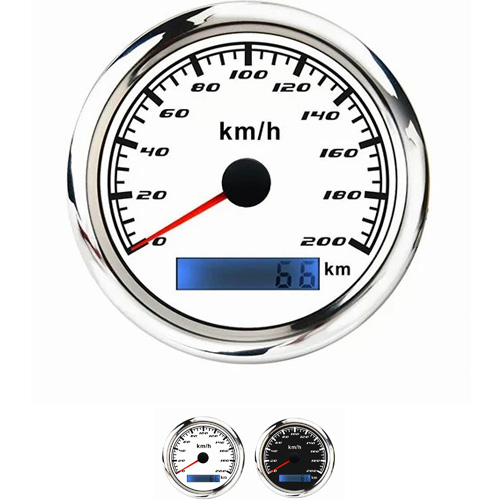
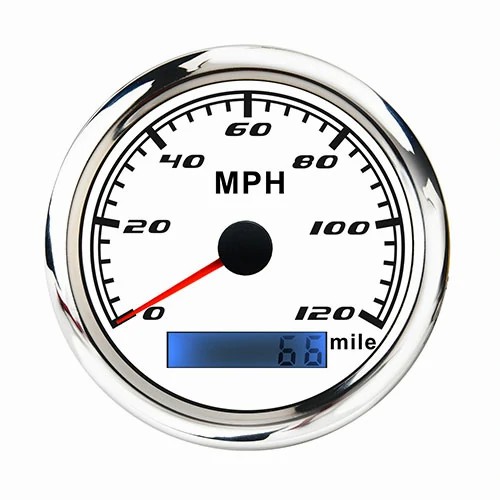

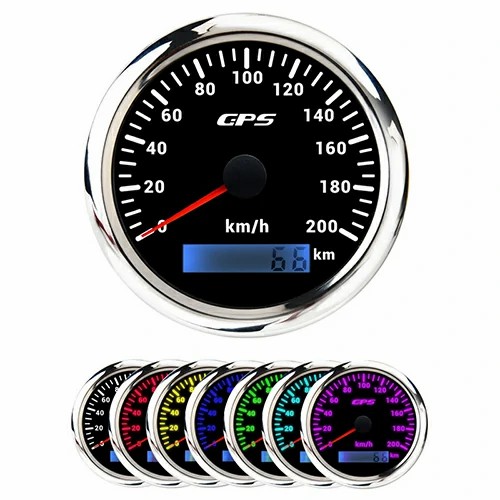
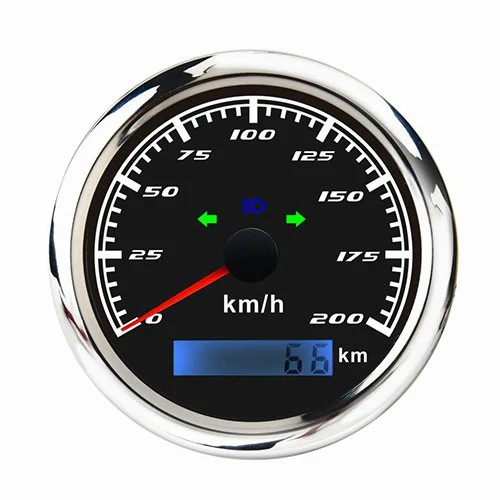
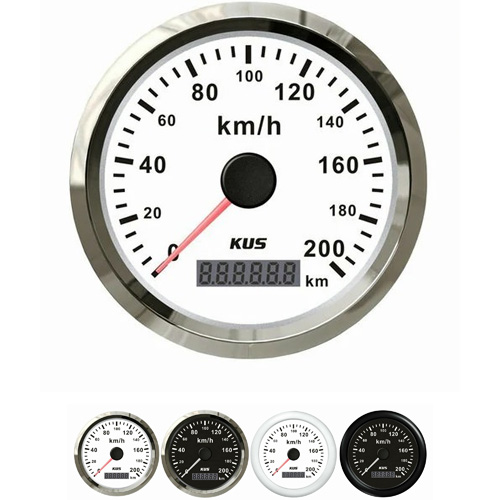
Get a Quote / Info